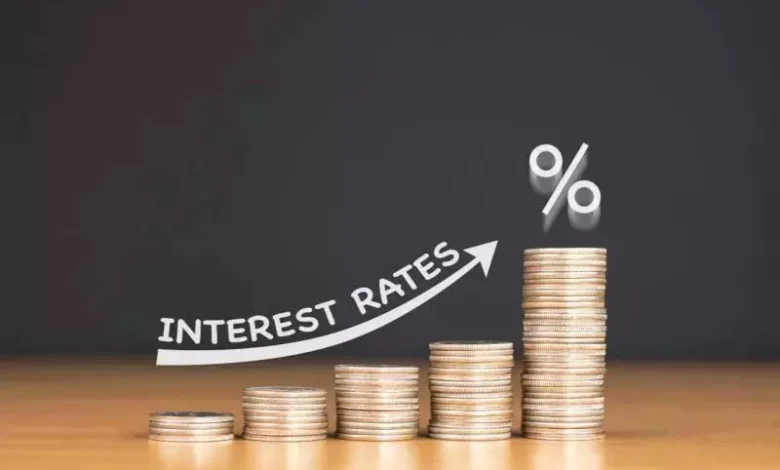Potential US Fed Interest Rates Cut

Business Business. The recent budget announcement to reduce the basic customs duty on gold from 15 per cent to 6 per cent had a great impact on the market, leading to a sharp correction in its price. By the end of July 23, 2024, the price of gold had fallen to Rs 68,510 per 10 grams on the Multi Commodity Exchange (MCX) compared to Rs 72,718 on the previous day. Market experts are looking at this duty cut as a positive move, as the high duty of 15 per cent had earlier encouraged smuggling. This cut is expected to lead to more imports through official channels, which will increase government revenues. Navneet Damani, Group Senior Vice President, Head of Commodity and Currency Research, Motilal Oswal Financial Services, says, “This move in the budget may boost retail demand and help reduce smuggling activities.” Anuj Gupta, Head of Commodities, HDFC Securities, says, “This fall reflects concerns over the decline in demand for jewellery and retail investment, especially in China.” Where is gold headed? Looking ahead, gold appears well-positioned for medium-term growth. Factors such as geopolitical tensions, the start of a global interest rate cut cycle and concerns over high equity valuations are driving investors to gold. “Gold is generally considered a safe investment and has a low correlation to equities.
Therefore, investing in gold helps reduce portfolio risk through diversification,” says Vishal Jain, chief executive officer, Zerodha Fund House. In the event of a rate cut by the US Federal Reserve, gold is likely to attract more investor attention. The reduction in interest rates offered by bonds makes non-interest bearing assets such as gold more attractive. In the domestic market, demand for gold is expected to increase ahead of the festive season. “We maintain a buy-on-dips stance for gold with an upside of about 18 per cent from current levels over a 12-15 month period,” says Damani. Changes in taxation norms Before the Budget, both gold exchange-traded funds (ETFs) and fund of funds (FoFs) were taxed at slab rates. Post-Budget, gold ETFs will become eligible for long-term capital gains (LTCG) tax at the rate of 12.5 per cent after 12 months. Gold FoFs will become eligible for LTCG at the rate of 12.5 per cent after 24 months. Both will be taxed at the slab rate on short-term capital gains. While taxation of both gold ETFs and FoFs has been reformed, gold ETFs have become more attractive than gold FoFs as they will now become eligible for LTCG after a shorter holding period. How to invest in gold? Investors looking to take advantage of the current fall in gold prices can consider gold ETFs and sovereign gold bonds (SGBs). “Investors looking for portfolio diversification can consider gold. Gold ETFs can be bought and sold in real-time on exchanges. They are liquid and offer flexibility of entry and exit. “Gold FoF can be invested in like any other mutual fund unit, one does not need a demat account,” says Jain. SGB can be considered for a longer holding period. “It has a tenure of eight years (with a lock-in period of five years) and it earns 2.5 per cent interest annually,” says Damani. Most investors should invest 5-10 per cent in gold for diversification. They should diversify their investments to minimise time risk.





